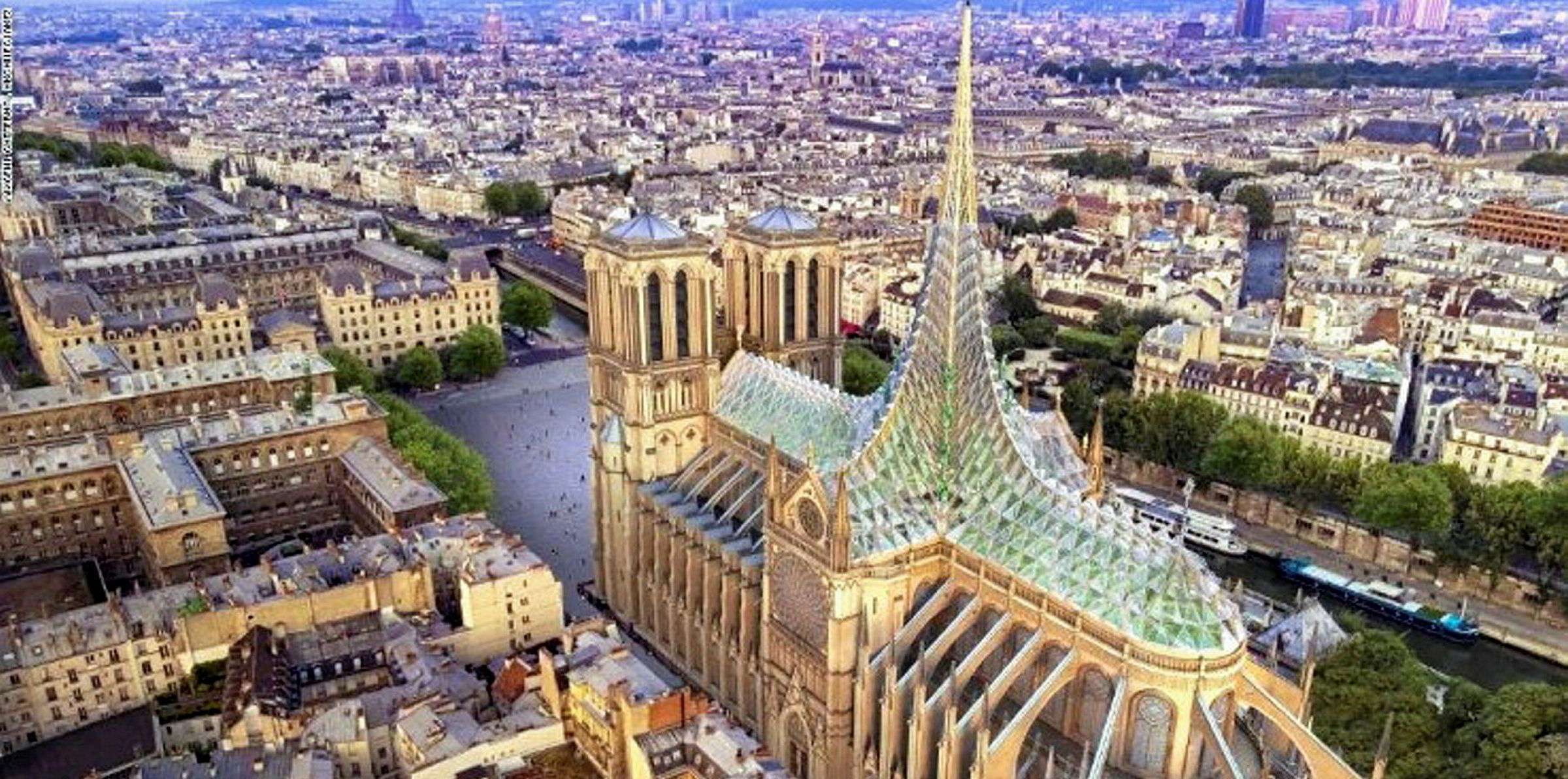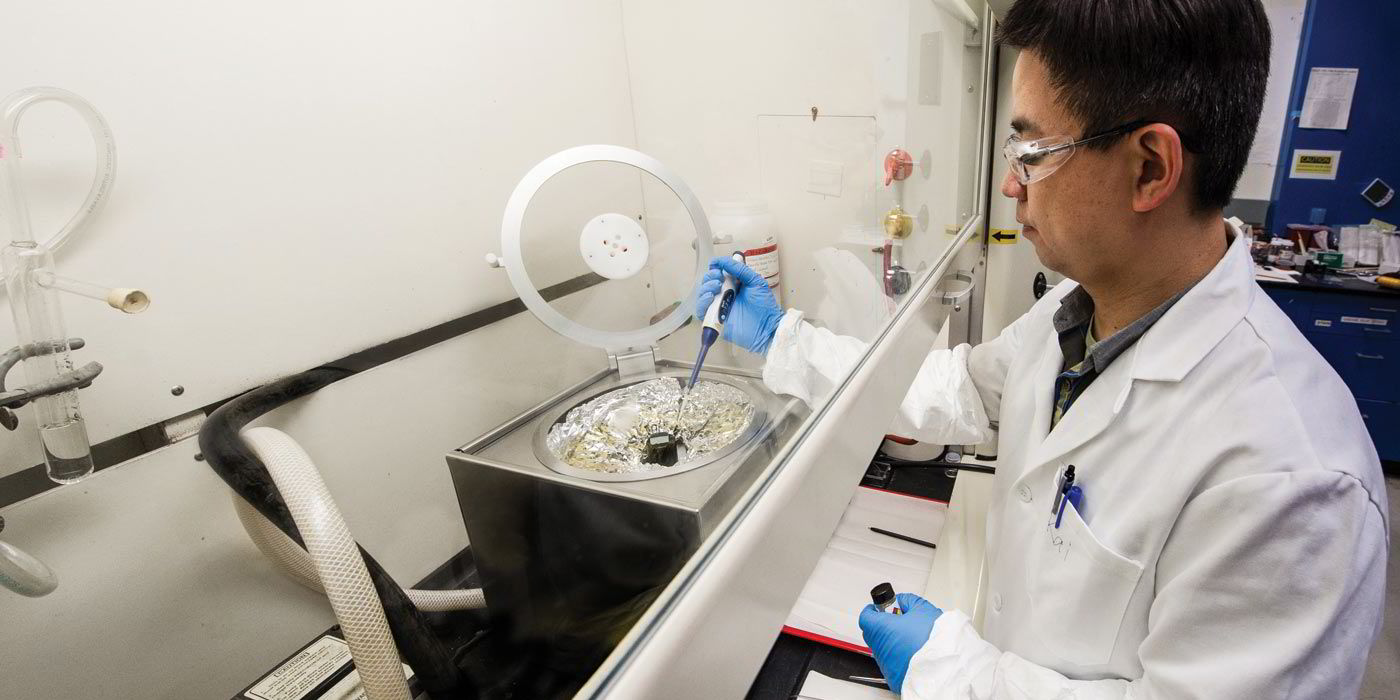A front-running design for the reconstruction of the Notre Dame cathedral in Paris, devastated by a blaze last month, would see the Gothic architectural icon fitted with sloped, oak-framed solar roofs as part of an eco-engineered redevelopment that would feature natural wind-driven ventilation and an urban farm capable of harvesting over 20 tonnes of fruit and vegetables a year.
Vincent Callebaut Architectures’ so-called Palingenesis project, derived from the Ancient Greek for ‘rebirth’, would turn the 850-year-old church into an energy-positive building, with surplus electricity used by a nearby hospital and other local services.
“The cathedral would become an exemplary eco-engineering structure and the church a true pioneer in environmental resiliency,” said the Paris-based architectural firm.
“We are advocating for an exemplary project in ecological engineering that feels true to its time and avoids a pastiche architecture that turns the city into an open-air museum.
“Circular economy, renewable energies, inclusive social innovation, urban agriculture, protection of biodiversity, without forgetting beauty and spiritual elevation: our reconstruction project feeds on such values to deliver a deep, conscious meaning.”
The roof’s new wooden frame would be covered with faceted diamond-shaped organic PV “made of carbon, hydrogen, nitrogen and oxygen”, with produced power stored in hydrogen fuel cells. To avoid any greenhouse effect, the base of the roofs could be open to create a natural air flow towards the top of the spire i—a ‘biomimetic’ concept “akin to the interior of a termite mound [that] ensures excellent aeraulic performance”.
The Vincent Callebaut design is one of a number of eco-conscious concept submitted in response to the international competition launched by French President Emmanuel Macron after the fire in April came close to destroying the historical building in the centre of Paris.


